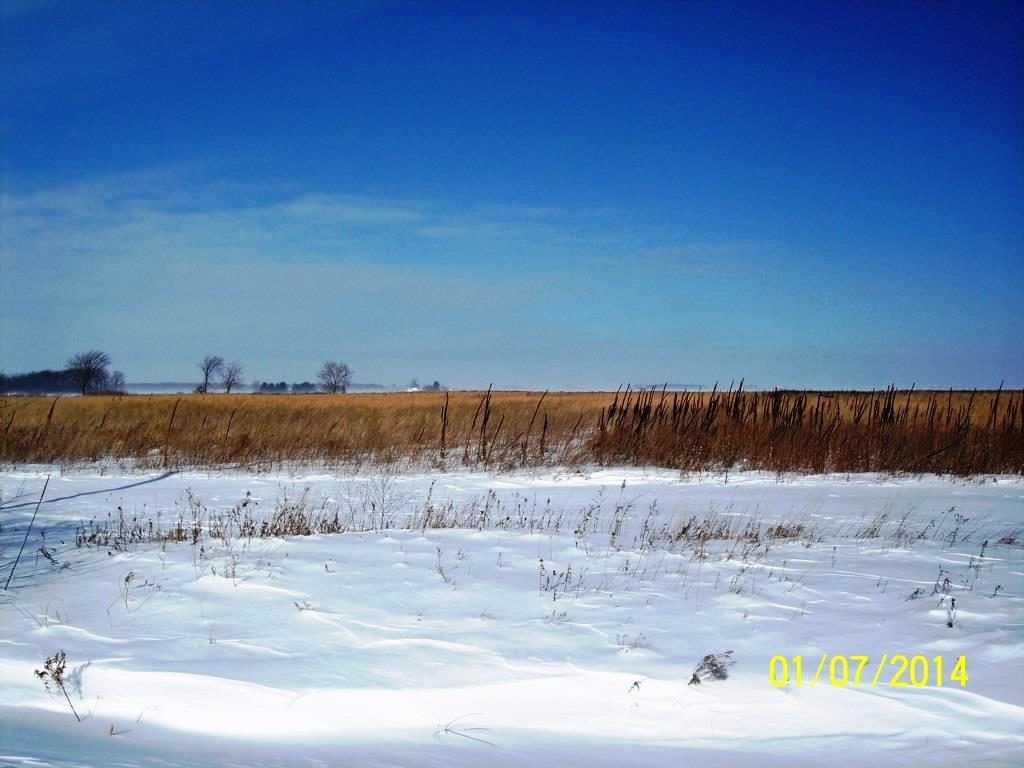
In the Field: Winter Pheasant Cover
by Anna Mitterling, Wildlife Cooperative Coordinator, MUCC
Did you have great pheasant habitat in the spring and summer? Then the snow came and your grass is as flat as a pancake – doing very little for pheasants throughout the winter? What you are missing are cool-season grasses like switch-grass and some nice sturdy shrubs to provide some shelter.
The pheasant’s world changes drastically in winter. Canopy covers of leaves are gone, and high grasses are usually blown down or matted by drifting snow. Pheasants are better equipped than some birds, such as quail, for scratching through a few inches of snow for grit, grain residues, and weed seeds. But as snows deepen and winter intensifies, pheasants are forced into heavier security cover such as cattails, swales, and ditch banks.
Pheasants seeking grit along roads are victims of car collisions. The concentration of birds in winter makes hunting easier for predators, whose normal songbird prey has migrated south or is buried under snow, such as mice, voles, and other small mammals.
A snow or sleet storm blowing across unprotected fields can be dangerous for pheasants. Because birds must face into the wind in order for their streamlined feathers to keep them warm, their nostrils may ice up and they can suffocate. An especially vicious storm may fill even deep drainage ditches, smothering pheasants under several feet of snow.
Thick stands of cattails or switchgrass provide pheasants with secure winter shelter from such weather. A thick field of forage sorghum helps, although switchgrass, which grows from four to six feet high and won’t break down under snow, is better. Good winter cover, isolated from woodlands and tall trees, within a quarter-mile of winter food is the key to pheasant survival. Besides grain and seeds, fruit-bearing trees, and shrubs such as silky dogwood, hawthorn, elderberry, and highbush cranberry are good sources of food and cover for pheasants.
Three to five-acre blocks of switchgrass, with two to three surrounding rows of shrubs, will provide great winter cover. If this winter home borders a food plot or non-tilled cropland, you will have the necessary components to maintain pheasants throughout the winter.
Resources:
(Information from Sargent, M.S and Carter, K.S., ed. 1999. Managing Michigan Wildlife: A Landowners Guide. Michigan United Conservation Clubs, East Lansing, MI. 297pp.) **photo credit: Jason Myers**

excellent article next otg for pheasants i will help
Thanks Dave!